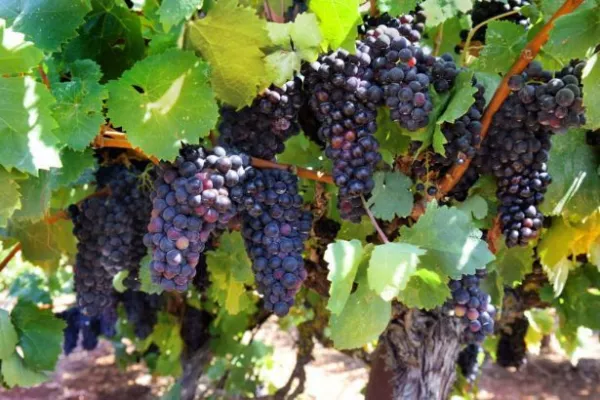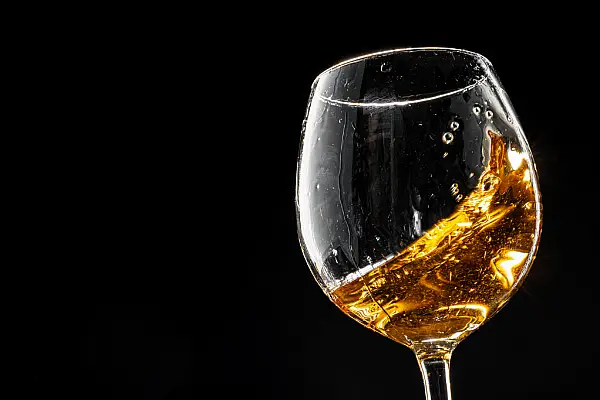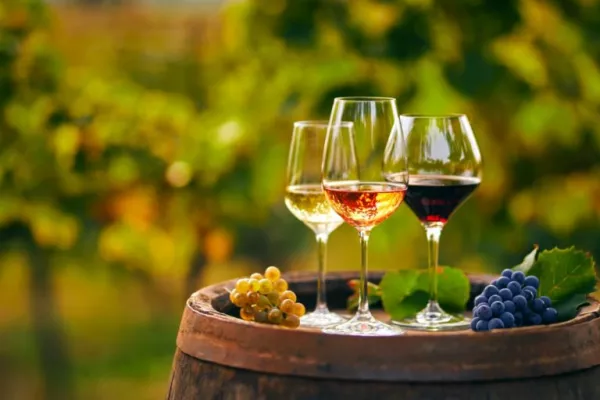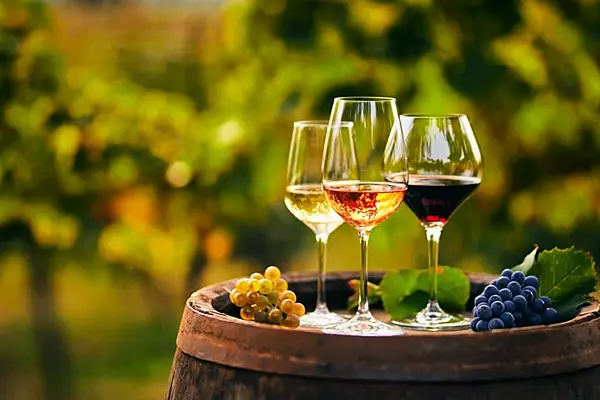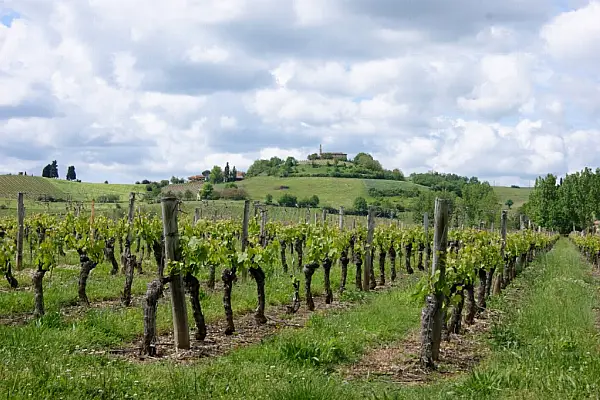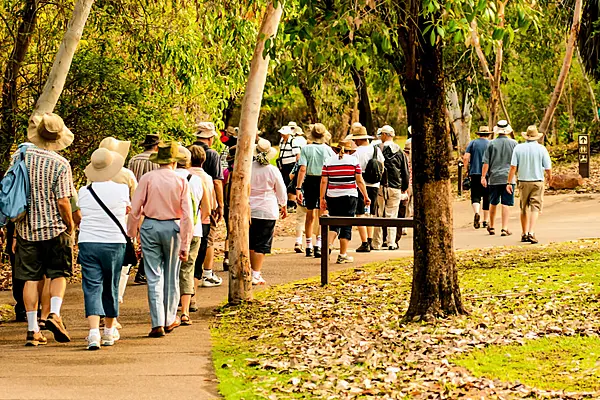Earlier this summer, the Napa Valley was on track to be one of the world’s luckiest wine regions this year, having escaped everything from hail to fires to grape-gobbling wild boar.
Then a scorching, record-breaking heat wave with temperatures up to 117 (!) degrees Fahrenheit swept in and stuck around over Labor Day weekend, upending vintners’ expectations. In its wake, winemakers were left with plenty of shriveled grapes and worries about both quality and quantity, despite a cool spell this week that’s now slowing the harvest.
Welcome to wine’s new normal: extreme weather events. They influenced this year’s harvest everywhere from Germany and France to Italy and Chile last spring and, at the last minute, Napa and Sonoma. “I’ve never seen a vintage like this,” admitted Cathy Corison of Corison Winery in Napa, who is now on her 43rd season.
The Outlook in Napa and Sonoma, the excessive heat didn’t affect grapes for sparkling wines or whites harvested earlier in August. But cabernet is in the crosshairs. Vineyard consultant Steve Matthiasson, who also makes wines under his eponymous label, admitted, “The heat wave screwed us up.”
While you need warmth to ripen cabernet, you don’t want too much, and this summer Napa had more than two dozen days with temperatures over 100 degrees. Before the grapes were completely ripe, an extreme heat wave on Labor Day weekend, which didn’t cool down at night, caused grape dehydration. As juice evaporated, some of the unripe grapes shriveled into raisins. These tasted both cooked and green at the same time, which is how wines made from them would taste, too (that’s bad), along with being high in alcohol.
“Wherever the bunches were exposed to the sun, grapes were affected,” says Aaron Pott, whose vineyard on Mount Veeder saw lows of 85 degrees at night, 110 during the day. Some winemakers, like Newton Vineyard winemaker Rob Mann, stretched long shade cloths against one side of each vine row to ward off the sun’s rays in the hottest stretches of the afternoon.
Cathy Corison, like many vintners, picked at night last week, when it was cooler. She’d sleep for three hours before heading out at 12:30 am to the vineyards with a headlamp, then work through the night with a team of pickers.
Making good wine this year will depend on picking out the shriveled grapes that have what’s called “saggy berry syndrome.” Some wineries, such as Newton, have pricey optical sorters. “How much fruit vintners will have to throw away is going to be very site-and-grape specific,” Tim Mondavi of Continuum explained. He’ll have to discard much of his petit verdot, for example, although his cabernet franc and sauvignon survived very well. He predicts wineries on the valley floor will lose more than his, which is located high on the slopes of Pritchard Hill.
As a result of all this, the crop will be smaller than expected, down anywhere from 5 percent to as much as 35 percent for some individual blocks of vines. And, as in Europe, that will certainly mean higher prices for already expensive cabernets.
Here’s the outlook for the rest of the winemaking world that harvests this season:
The US West Coast
Elsewhere in America, wildfires threatened grapes in California’s Mendocino, Lake, and Santa Barbara counties, coming within 50 feet of the famous Bien Nacido vineyard, and left a smoky pall over vines in parts of Washington State and Oregon, where the harvest started last week. Oregon is expecting a fairly large crop (warmer temperatures help them), but the concern in both states is possible smoke taint on the grapes, which imparts a harsh, ashy taste to wine.
France
Because of devastating spring frosts, hailstorms, and heat waves, France overall will harvest its smallest crop since World War II, which translates into less wine and, naturally, higher prices. Specific regions such as the Loire Valley and certain appellations of Bordeaux, such as the Médoc, escaped with minor damage. (Graves, Saint-Émilion, and others weren’t so lucky—those Bordeaux mini-regions lost many grapes, but what remained were of high quality.) So far, Burgundy appears to be a solid success, with a good size crop of high-quality grapes, as winemakers rushed to finish picking before predicted rain. This is a big relief after a string of bad harvests. Spring frost reduced quantity for some premiers crus in Chablis.
Italy
Italy, too, will have one of the smallest wine harvests in 60 years, with regions down 10 percent to as much as 40 percent, though quality is good. Prosecco was so hard hit by the Lucifer heat wave, frost, and hail that glera grapes planted outside the official geographical appellation will be allowed by the Veneto and Friuili-Venezia regional governments to be incorporated into blends to prevent a rise in prices. (It’s not clear if quality will suffer—the Prosecco consortium insists not.)
Germany
Grapes ripened two weeks earlier than usual thanks to a summer of warm, sunny days and cool nights. Growers are already picking riesling, which typically isn’t ready until October. So far it looks like an exciting vintage that will make fresh, fruity, complex wines. But spring frost took its toll on quantity.
Austria
Severe hailstorms and extreme heat and drought conditions didn’t do significant damage to the vintage, according to the Austrian Viticultural Association. Last year massive frost reduced the crop; in 2017 it will be average, with very ripe grapes and wines with slightly higher alcohol.
Spain
The same conditions hammered Spain, which is harvesting 20 per cent to 30 per cent fewer grapes, and some regions were particularly devastated, such as Ribera del Duero, which is down 60 percent, even though the quality looks good. Whites from usually cool spots, such as Rias Baixas, may be less crisp this year because of hot temperatures.
News by Bloomberg - edited by Hospitality Ireland
